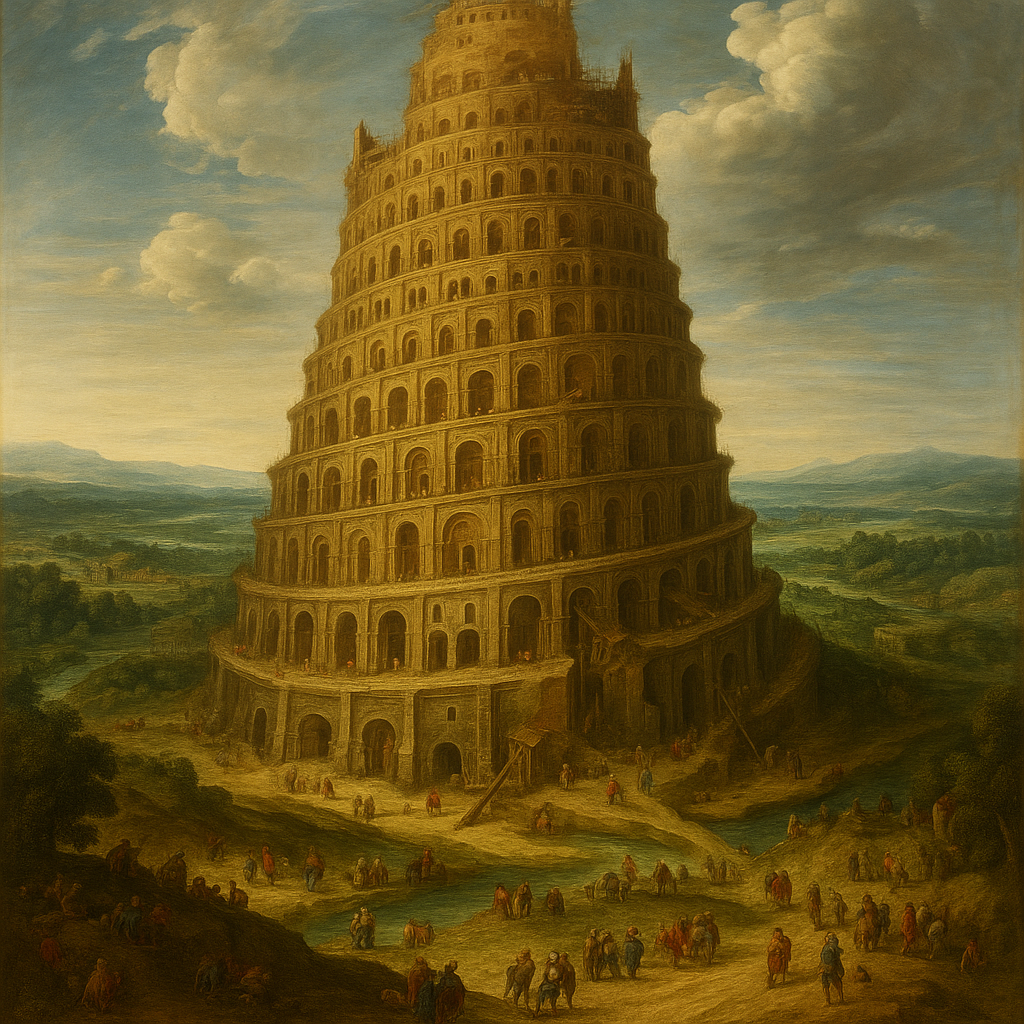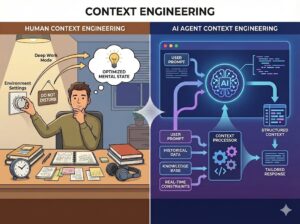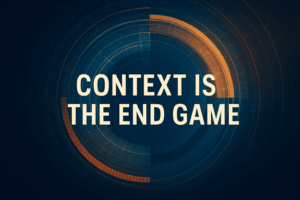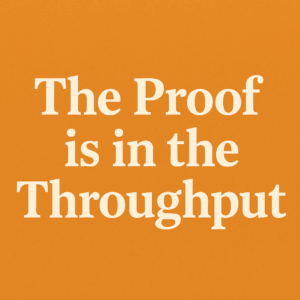Every few years, a new personality style model bursts onto the scene, promising to crack the code on what motivates people. The cycle is familiar:
“The old tools like Myers-Briggs, DiSC, StrengthsFinder, or Culture Index are outdated. They don’t capture the modern worker’s needs. But this new model… this is the one.”
Cue the book launch, the TED talks, and the HR evangelists.
The latest entry is The Archetype Effect by James Root, Senior Partner at Bain & Company. Backed by a global study of 48,000 workers, it identifies six distinct “archetypes” that supposedly reveal what really drives people at work.
A glowing social post I saw sums up the buzz:
“It’s a refreshingly practical guide. A must-read for managers, HR, and anyone trying to understand what motivates today’s workforce.”
I understand the excitement. But I’ll be honest—I’m not impressed.
Not because the assessment is bad or the research weak. But because I know something most organizational development leaders miss:
Thermodynamics precedes archetypes, psychology—even motivation itself.
Let me explain.
Step Up a Level
When you understand how systems really operate—at any scale, from a person to an organization—you start to see a deeper truth:
Every adaptive system has finite energy and limited time. To survive, it must extract, convert, and apply energy from its environment.
This principle governs plants, people, teams, companies, societies. It’s physics, not philosophy. And from that truth, we can identify four universal forces that must be present in any system that thrives.
The Foundation: The Four PSIU Forces
These four system forces form the PSIU model. Unlike personality tests that create clever labels, PSIU describes the energy dynamics that underlie motivation, action, and adaptation.
| Force | Description | Characteristics |
| Producer | Drives action, pushes tasks forward, creates momentum | Results-oriented, short-term, effective-first |
| Stabilizer | Brings control, structure, and reliability | Process-oriented, short-term, efficiency-first |
| Innovator | Sees new possibilities, creates and evolves | Results-oriented, long-term, vision-first |
| Unifier | Builds harmony, connection, cohesion | Process-oriented, long-term, relationship-first |
Each person, team, and organization expresses some mix of these forces. No one style is “better” than another. In fact, attempting to conform to one leads to dysfunction.
Styles are not fixed identities.
They are energy-efficient strategies systems use to manage complexity.
What About the Six Archetypes?
So how do the new “worker archetypes” map to PSIU?
Pretty cleanly, actually—because any good model eventually converges with first principles.
Mapping Archetypes to PSIU
| Archetype | Core Motivation | PSIU Style |
| Givers | Helping others, serving a broader mission | Unifier |
| Operators | Stability, structure, teamwork | Stabilizer–Unifier |
| Explorers | Novelty, variety, creative problem solving | Innovator |
| Artisans | Mastery, autonomy, excellence in craft | Stabilizer–Innovator |
| Strivers | Achievement, advancement, recognition | Producer |
| Pioneers | Vision, risk-taking, entrepreneurial drive | Producer–Innovator |
These are solid and recognizable patterns. But you might notice what’s missing…
Where the Archetypes Fall Short
The six types don’t cover the full range of human energy expression. Missing styles include:
- Producer–Stabilizer: Process-oriented implementers, less people-focused
- Producer–Unifier: Team captains—task-focused and charismatic, who lead from the front and rally a team through camaraderie and belonging.
- Innovator–Unifier: Visionary leaders, sages or statesmen who inspire long-term unity and purpose.
- Pure Stabilizer: Organizers, quality controllers, ops and admin, who bring precision and order
Even more importantly: people don’t “have a type,” which The Archetype Effect reinforces too.
If they are capable of doing so, people express different forces under different conditions,
A Producer–Innovator–Unifier will behave differently than a Producer–Stabilizer–Innovator.
One creates strategic clarity and cultural energy to rally others.
The other leads through hard work and technical mastery in ambiguous conditions.
Both are valuable. But you only recognize the difference when you work from the right foundation—not just a clever archetype.
From Tower of Babel to Clarity
Most personality frameworks were designed to build awareness—but they’ve created fragmentation instead.
What I see in most organizations is this: the leadership team defaults to whatever the CEO personally found useful.
If it’s Myers-Briggs, employee profiles are filled with “INTJ” or “ENFP.”
If it’s StrengthsFinder, you’ll hear chatter about “Achiever” and “Developer.”
In more eclectic orgs, you’ll find a soup of Enneagram types, Colby profiles, and culture assessments all floating around.
And while everyone’s trying to connect, they’re actually speaking different languages.
It’s a Tower of Babel effect. Communication fragments. Insight gets fuzzy. Execution stalls.
There’s nothing wrong with these tools—except using them without a shared foundation.
What To Do Instead: Build from First Principles
Step back and ask: What is the purpose of a personality or workstyle model in your company?
- Is it for individual self-awareness?
- To spark more productive conflict?
- To improve communication?
- To align people to roles and responsibilities?
Choose the right tool for the job.
But make sure the tools are built on the same operating system.
That’s what PSIU gives you—a shared language, a universal foundation, a way to bridge:
- Personality → Role fit
- Individual behavior → Team dynamics
- Leadership style → Company lifecycle
- Communication friction → Org structure alignment
And you don’t have to throw away the tools you love.
PSIU makes them easier to interpret and use.
Because when you understand the energy dynamics behind the labels, you can place every style, test, and insight in its proper context.
Ready to Apply It?
Start with the World’s Fastest Leadership Test—a quick diagnostic that tells you which PSIU style you lead with right now.
Then take the more detailed PSIU Assessment (a $25 value, free for you).
Want more? Try the full PSIU Team Platform free for 30 days. Use it to assess hiring fit, team energy balance, and cultural alignment using a shared, first-principles language.
👉 Start here: https://organizationalphysics.com/worlds-fastest-leadership-test/
Bottom Line
Most personality tools provide surface insight.
But if you’re building a world-class organization, you need more than that. You need a foundation—something that doesn’t change with trends, personal preferences, or generational hype.
First principles like PSIU aren’t just models. They’re universal truths. Use them that way.
Before layering on another popular assessment, build your organization’s understanding of people, roles, and performance from the ground up—starting with energy, structure, and systemic alignment.
Because when you align with how adaptive systems really work, you don’t just understand your team better.
You lead better.
📌 P.S. If this way of thinking clicks with you, join my free Lightning Class on Thursday, October 16. I’ll show you exactly how to apply these principles in your work. Reserve your spot here ⇒ https://maven.com/p/22aaef/high-leverage-leadership




